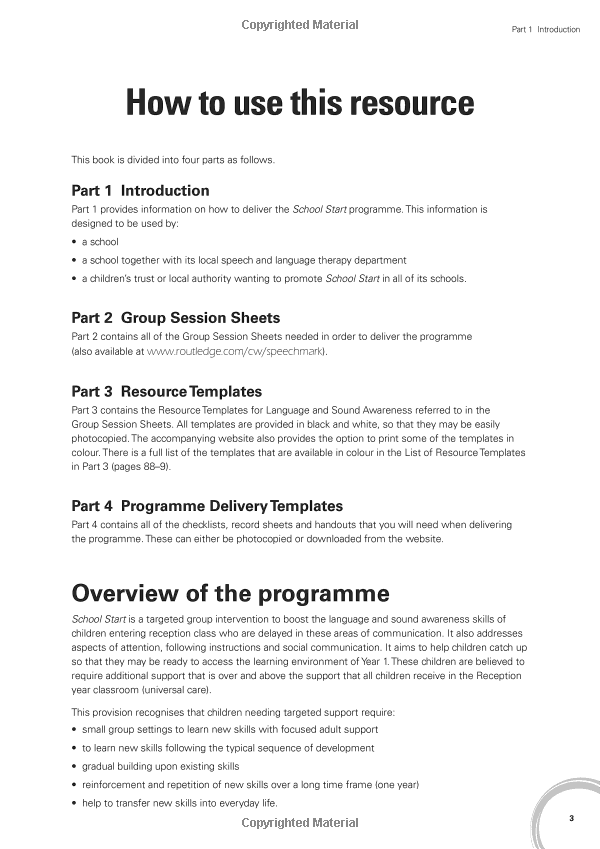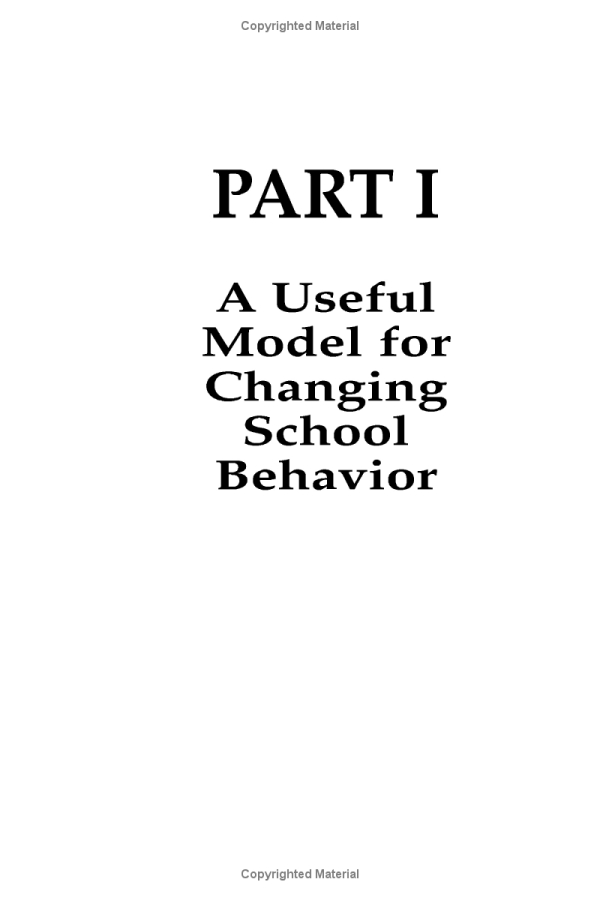Understanding Loan Forgiveness for Student Loans: A Comprehensive Guide to Your Options
Guide or Summary:What is Loan Forgiveness?Types of Loan Forgiveness ProgramsEligibility CriteriaApplication Process**Loan Forgiveness Student Loans** (贷款宽恕学……
Guide or Summary:
**Loan Forgiveness Student Loans** (贷款宽恕学生贷款)
In recent years, the topic of **loan forgiveness student loans** has gained significant attention as many borrowers seek relief from their educational debt. With the rising cost of college tuition, student loans have become a burden for millions of graduates. This guide aims to provide a thorough understanding of the various loan forgiveness programs available, eligibility criteria, and the application process.
What is Loan Forgiveness?
Loan forgiveness refers to the cancellation of a borrower's obligation to repay some or all of their student loan debt. This can be a life-changing benefit, especially for those struggling to make monthly payments. Various federal and state programs exist to help borrowers achieve loan forgiveness under specific conditions.
Types of Loan Forgiveness Programs
There are several types of loan forgiveness programs available for student loans. Some of the most notable include:
1. **Public Service Loan Forgiveness (PSLF)**: This program is designed for borrowers who work in public service jobs, such as government or non-profit organizations. To qualify, borrowers must make 120 qualifying monthly payments under a qualifying repayment plan while working full-time for a qualifying employer.
2. **Teacher Loan Forgiveness**: This program is available for teachers who work in low-income schools or educational service agencies. Depending on the subject taught and the number of years of service, teachers can have a portion of their loans forgiven.

3. **Income-Driven Repayment (IDR) Forgiveness**: Borrowers enrolled in income-driven repayment plans may have their remaining loan balance forgiven after making payments for 20 to 25 years, depending on the plan.
4. **State-Specific Programs**: Many states offer their own loan forgiveness programs, often targeting specific professions such as healthcare, teaching, or law enforcement. It’s essential to research state-specific options that may apply to you.
Eligibility Criteria
Eligibility for **loan forgiveness student loans** varies depending on the specific program. Generally, borrowers must meet the following criteria:
- Be a borrower of federal student loans (some programs do not apply to private loans).
- Make consistent, on-time payments for a specified period.

- Work in a qualifying job or meet other specific requirements set by the program.
Application Process
Applying for loan forgiveness can be a complex process. Here are the general steps to follow:
1. **Determine Your Eligibility**: Review the eligibility requirements for the specific loan forgiveness program you are interested in.
2. **Gather Documentation**: Collect necessary documents, including proof of employment, payment history, and loan information.
3. **Complete the Application**: Fill out the required forms for the loan forgiveness program. For PSLF, this includes the Employment Certification Form, which must be submitted annually or whenever you change employers.

4. **Submit Your Application**: Send your completed application and supporting documents to the appropriate loan servicer or agency.
5. **Follow Up**: After submitting your application, keep track of its status and respond promptly to any requests for additional information.
Navigating the world of student loans can be overwhelming, but understanding the options available for **loan forgiveness student loans** can provide much-needed relief. By exploring various programs, determining your eligibility, and following the application process, you can take significant steps toward reducing your student debt. Always stay informed about any changes in legislation or new programs that may become available, as these can impact your ability to achieve loan forgiveness.